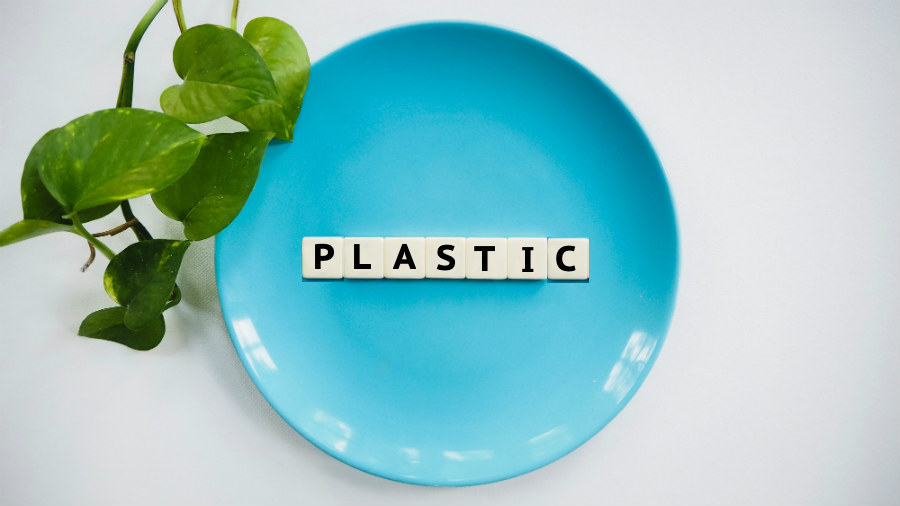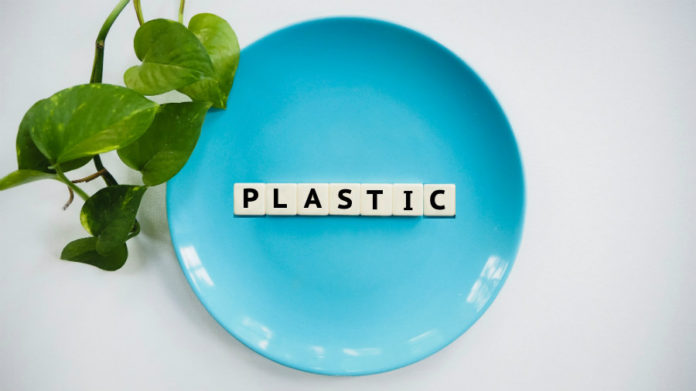
Credit: Hans
Researchers at Arizona State University have found micro and nano plastic particles inside human tissues. Alarming as it sounds, the health consequences from these undegradable particles are still unknown. Their findings are scheduled to be released today on a press conference at American Chemical Society (ACS) Fall 2020 Virtual Meeting & Expo.
From plastic bags to auto parts, food packages to cosmetics, plastic is everywhere. It has spread into the water systems, oceans, agricultural products, seafood, soil and everywhere. Being long-lasting and versatile, they are incredibly hard to degrade. Some of the types take centuries to degrade.
In the environment, they break down to tiny particles called Mirco plastics, fragments that are less than 5 mm. Then they can even break into nano plastics which are less than 0.001 mm in size. “There’s evidence that plastic is making its way into our bodies, but very few studies have looked for it there. And at this point, we don’t know whether this plastic is just a nuisance or whether it represents a human health hazard,” says Charles Rolsky, one of the researchers in the study.
The health hazards of exposing to micro and nano plastics in the environment on mammalian animal models have been studied previously and observed that there are risks of cancer, inflammation or infertility issues. They are toxic to mammals.
The study
Researchers first gained access to 47 samples of brain and body tissues preserved to be studied for other diseases. They were human tissue samples from, kidney, liver, spleen, lung and brain. The scientists developed a method that can extract and observe plastic particles through μ-Raman spectrometry.
The results were then been fed to a computer model which can count the plastic particles and convert them into surface area and unit of mass. They hope to share this method with the world so that there can be a standard way to measure and monitor these in future studies. According to Rolf Halden, Ph.D., at Arizona State University, “This shared resource will help build a plastic exposure database so that we can compare exposures in organs and groups of people over time and geographic space,”
Results
With this method, they could detect different varieties of plastics including, “polycarbonate (PC), polyethylene terephthalate (PET) and polyethylene (PE) and Bisphenol A (BPA)”. Every sample they tested were polluted with plastic particles. BPA, which is still in use with many food packagings, was present in all 47 samples!
The researchers say, “the tissue donors provided detailed information on their lifestyle, diet and occupational exposures, because these donors have such well-defined histories, our study provides the first clues on potential micro- and nano plastic exposure sources and routes.”
This is indeed alarming to know that these undegradable plastics can accumulate in our body, tissues and organs and without knowing what damage it could cause!

